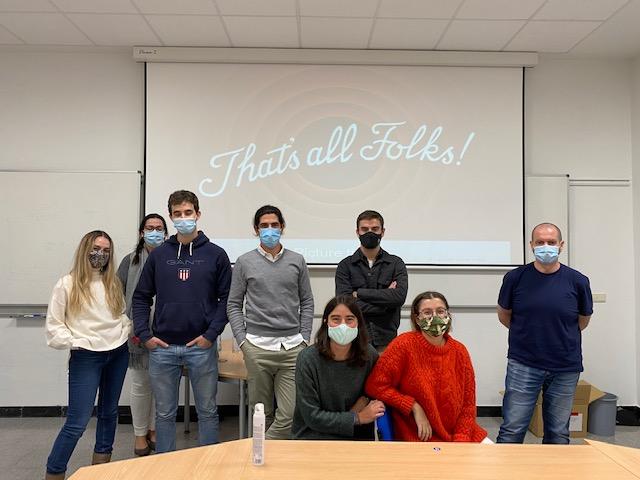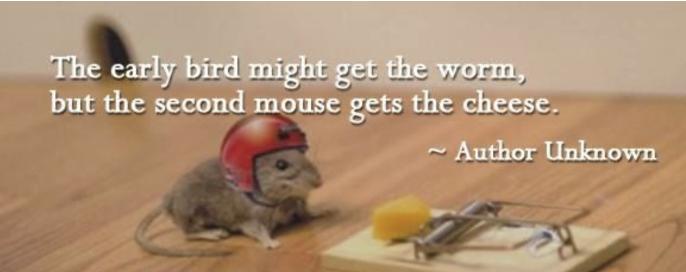Jan
19
2017
- By German Anitua Azkarate
- Rating:( 3944 votes )



Tensions managing employee innovation behavior
1. Origin and evolution
The nature of man as a social animal (Aristotle, 2000) is changing. In fact, the sociological, technological, cultural and economic changes (Shane & Venkataraman, 2000) that we have lived in the business world since the beginning of the eighteenth century is clear sign of it. The social individual has evolved from being a merchant (Cantillon, 1734), to an employee (Chandler, 1990), to an element of a manufacturing process (Smith, 1776), to become a source of new combinations (Schumpeter, 1934), and to take command of his own destiny, regardless or not of the organization's concerns (Åmo & Casson 2010).
1.1. The individual, the organisation and back to the individual: the closing loop of the human psychology
In the automotive sector, many CEOs of SMEs positioned at different levels in the supply chain and in where most of their projects are worked under specifications, argue how awfully complicated it is for them to manage and implement many of the innovations proposed by their employees.
Employees´ initiatives have made an influential impact in terms of how CEOs manage innovation within their organisations. These initiatives have been categorised under these two main entrepreneurial terms: Corporate entrepreneurship (CE) and intrapreneurship.
Much has been written about:
(i) The definition of both terms,
(ii) Their contribution as strategies that represent an innovation culture within the organizations (Ginsberg and Hay, 1994); and
(iii) The characteristics required by CEOs to manage the engagement of the individual in innovation activities through two of the three main distinct routes – (1) independently and outside the company, or (2) Top-down, and (3) Bottom-up, both inside the company. (Baruah and Ward, 2015). Within the company, the Top-down process route has been categorised under the CE term, whereas the Bottom-up process route has been categorised under the intrapreneurship term. (Åmo, 2010).
However, many CEOs have burned their wings (Ovid, 1955) by attempting to manage the engagement of the individuals in innovation activities through a Top-down process. (Aubert and Gaulejac, 1994) argue that this is because CEOs fail to manage the components of the evolutionary psycho-organisational process between the individual and the organization. These components are: (a) the organizational self, (b) the ideal self, and (c) the ego ideal. Lack of excellent management of this process leads to the psychological collapse of the individual. This happens when the individual proposes innovations regardless of the organization's concerns, whereas CEOs display a Top-down process route.
1.2. Intrapreneurship: The star in "the hypothetical entrepreneurial terminology growth matrix".
Following this argument Åmo (2010) strengthens its position around the Bottom-up process route and emphasises on studying intrapreneurship at an individual level. Meaning, as a process route where the individual can develop innovation activities regardless of the organization's concerns. In this way avoiding the phase of psychological collapse. Authors like (Nicolaidis and Kosta 2011) recommends CEOs adopting intrapreneurship as it comes across the unique competitive advantage.
Is this current tension that CEOs face in the SME automotive sector while managing both CE and intrapreneurship within a SME based on either innovative employee behavioural issues, organisational behavioural issue, leadership issue, or this is just a case of organisational design where there is a need for a “new subspecies of economic man” (Chandler 1990).

Rate this post:





















